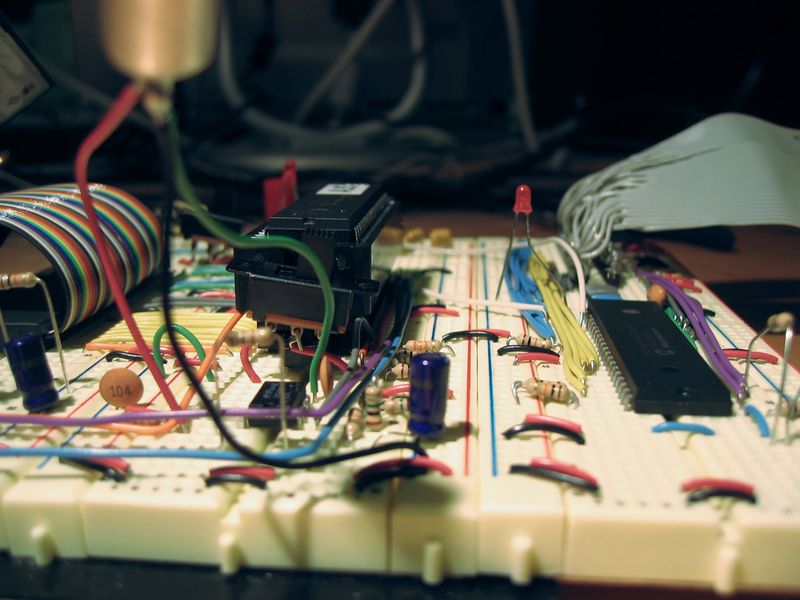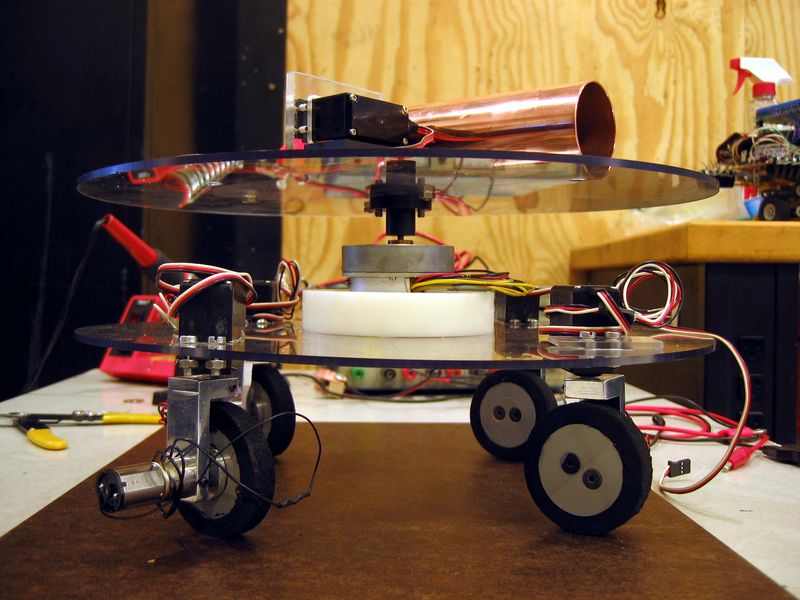Cooper Union
Cooper was a deeply rewarding – if occasionally frustrating – period of my life. It was the first time I felt surrounded by people who I perceived to be smarter than me, and the electrical engineering program fostered a culture of high expectations with minimal regard for work-life balance. I of course learned about circuits, signals, and complex systems. I also learned some important life lessons about time management, burn-out, and my personal strengths and limitations as an engineer.
I quickly realized that I enjoyed designing and building tangible systems far more than abstract math, though I did find a lot of value in the intuitions from theory classes. I took project-oriented courses wherever I could find them. Admittedly, my enthusiasm led me to take on too many simultaneous projects, but I don’t regret the lost sleep. Thank you to my friends and lab partners Alex Scolnik, Terence Magno, Ken Brijlall, and Brandon Duffel who were working with me throughout this intense period. Sorry to have been stretched so thin!
One highlight for me was an Interactive Design course in the School of Art, taught by Amit Pitaru. As the sole engineer in a class of artists, I had the unique opportunity to both learn from and teach my peers. I’ve subsequently looked for opportunities to recreate that dynamic, for example while helping artists at Eyebeam, in my work on interactive performances with Human Grid, and creating tools for cinematographers at Basil Gang.
For the final project in that class I built a “gestural jukebox” to explore how individuals would interact with what was – both metaphorically and literally – a black box. The only UI was a hefty wand and a single prominent button. The system played music based on the participant's actions with the wand, but the connection between motion and music selection was left intentionally ambiguous.
I am not sure how successful it was as a piece of interactive art, but it was fun to design, build, and play with. Under the hood there was just a PC running a simple neural network in MATLAB, connected to an accelerometer in the wand. Brandon Duffel fabricated the box (welded steel sheet) and the wand (machined Delrin).






